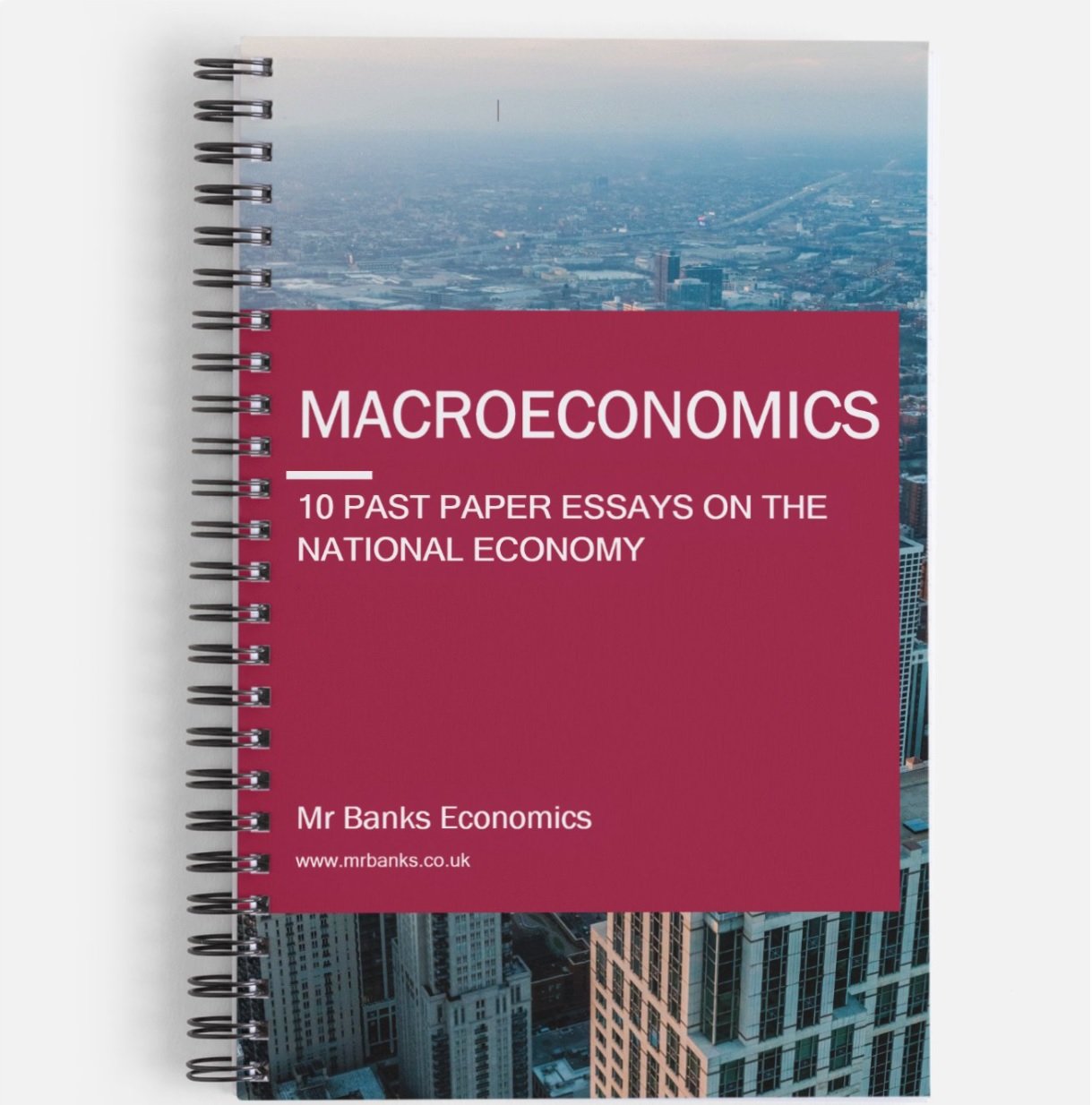Supply-Side Policies
A-level Economics
What they are and when we use them
Definition: Policies put in place by the government to increase the AS curve, namely the LRAS. They are policies designed to help boost productivity and productive potential.
Why are they so important?
Economic cycles involve period of booms (high aggregate demand). Supply-side policies need to be implemented to help keep up with aggregate demand. If the demand is growing at too fast a rate and the supply-side cannot keep up, the economy runs into inflationary problems and potentially debt problems. Without supply-side policies to help keep the demand-side under control, the economy is more vulnerable to overheating and therefore a boom-bust cycle.
What supply-side policies do we have to use?
Supply-side policies are used to increase long-run potential output in an economy. So supply-side policies will increase the number of resources we have and the productivity of the resources we have.
For example, let’s say we want to increase the productive potential of our labour force. What can we do?
1) We can increase the number of workers
2) We can improve the skills of our current workers so they can produce more than before
So, with supply-side policies, we have to try and improve the quantity and quality of our aggregate supply.
Policies
Training programmes: the government can implement programmes to help people become more skilful workers, and hence improve their productivity. It could help people become better at what they do, or it could even help people gain the skills they need to get a job. For example, a coal miner could be retrained to become an IT engineer.
Education: The quality of the education in the country will have a long-term effect on the quality of the labour force. A more educated workforce should be more productive than a less educated workforce.
Attract more Investment: The government could try to attract new investment from firms. This could be firms in the country or even firms from outside the country (foreign direct investment). With more investment, comes more capital goods which will increase the productive capacity of the economy. How do we attract more investment? Make the business environment more business-friendly. Less corporation tax, less regulation and government grants to will all encourage new investment.
Increase Factor Mobility: Factors of production need to be mobile in order for us to be able to use them efficiently. If, for example, we have skilled people up North who’s labour is in demand down South, then there has to be an efficient method of transport to get these workers from North to South. If no such transport method exists, then those factors will be immobile and unable to be used. Therefore, improving transport links, and building better roads will help boost potential supply.
Investment into Research and Development: The more R&D there is, the better we can become at producing outputs. R&D enables us to invent new products, and improve technology. Government research grants and government-backed research projects are some examples.
What have we learned:
Definition of supply-side policies
Why we use supply-side policies
Supply-side policies examples
IF YOU WANT GOOD GRADES FAST, BUY THESE BOOKS!
MACROECONOMICS MODEL ANSWER BOOK
10 Past Papers with Model Answers on the National Economy
Written by an experienced Economics tutor
Full model answers with diagrams
Suitable for all UK Economics exam boards
Physical booklet
£20.00
MICROECONOMICS MODEL ANSWER BOOK
10 Past Papers with Model Answers on Market Failure
Written by an experienced Economics tutor
Full model answers with diagrams
Suitable for all UK Economics exam boards
Physical booklet
£20.00


